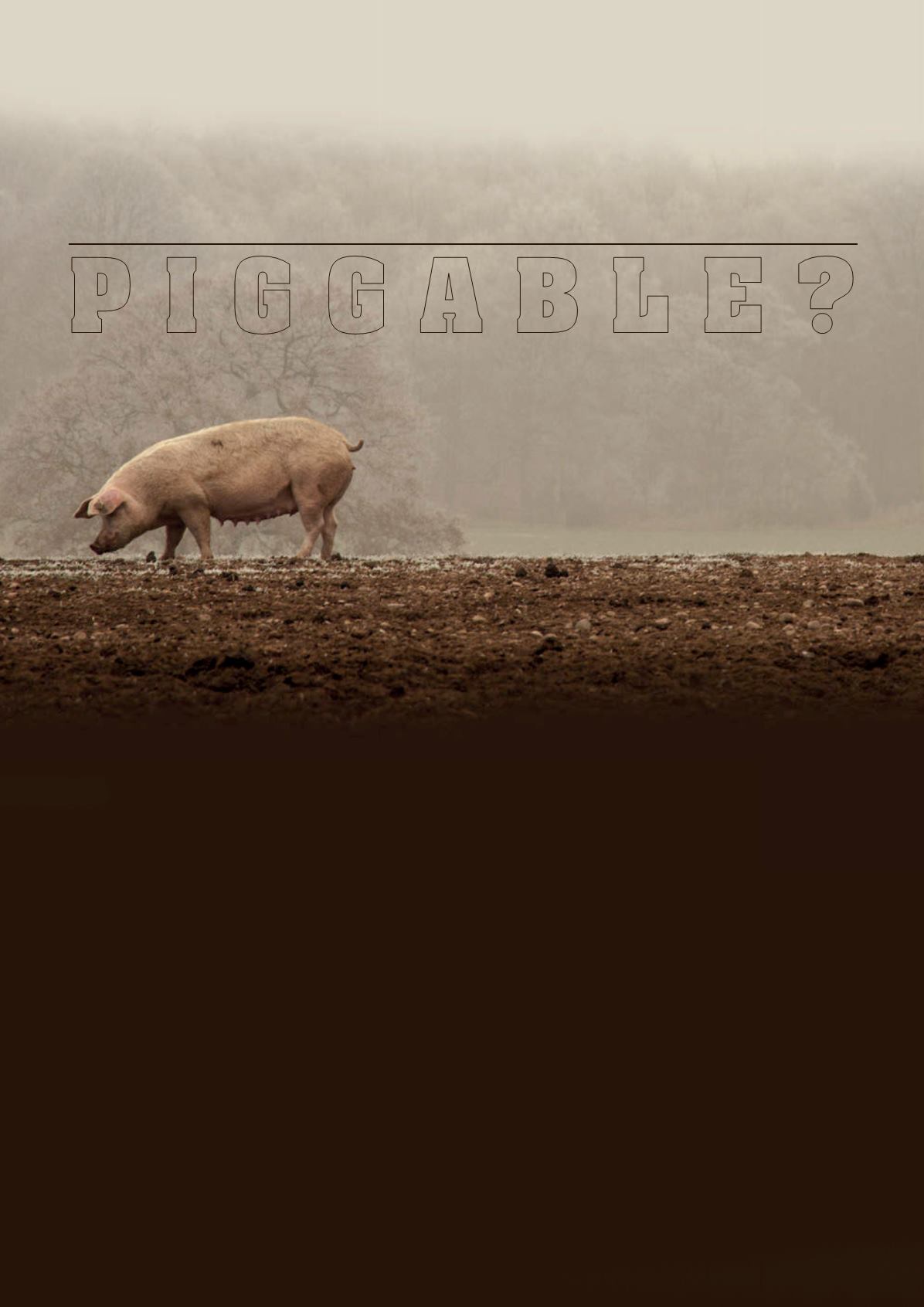
IS YOUR PIPELINE
P I G G A B L E ?
Paul Westwood of Penspen
asks
questions on the piggability of pipelines
and emphasises how pipeline integrity still
needs to be maintained even after the recent
decline in oil prices.
D
ue to the recent collapse of the price of oil, many
operators are looking to sell off their assets and
reduce their head count in the ever-changing world
of oil and gas. The recent slump has seen job cuts
take hold, with mature staff too often bearing the brunt. Yet,
it’s these operational employees who have all the experience:
they know the company’s procedures like the lines on their
experienced faces.
Now although the dilution of jobs and disposal of assets
continues, the integrity of your pipeline still needs to be
maintained. Your pipeline inspection still needs to happen as
a matter of regulatory cause and the regulator will not accept
the fact that you’ve delayed your integrity programme due to
the low price of oil.
The US Department of Transport, Pipeline and Hazardous
Material Safety Administration (PHMSA) spent 44% of
its working time in 2014 inspecting pipeline facilities for
compliance with PHMSA operation, maintenance and
emergency response safety regulations. So rest assured the
knock on the door will come!
Pipeline pigging is one of the most hazardous operations
to take place during the operation of your pipeline, therefore
it needs to be taken seriously. A stuck pig could reduce supply
or completely block it and, in the worst case scenario, the
pipeline could have to be depressurised to allow the lodged
pig to be cut out.
So if you have just purchased an ageing asset, and your
experienced staff members have all been dispatched to the
trench awaiting final backfill, what are your options when
the regulator is breathing down your neck questioning the
integrity of your pipeline? You know you need to inspect, but
where do you start?
As with any engineering project, a pipeline inspection
project needs careful planning. Starting with the basics, a
piggability assessment should be carried out, as this will give
you confidence that the pipeline can be pigged and it will
help identify the technical challenges to be faced. It will also
consider the often overlooked logistical side of the inspection
operations. A structured approach is therefore required to
ensure you get it right first time.
Document review
Regardless of the age of your pipeline, the expectation is that
you will possess some documentation, although it is not the
end of the world if you do not.
A typical document review will investigate the
construction records, wall thickness transitions, valve
specifications, pipe bend radii, pre- and post commissioning
91


